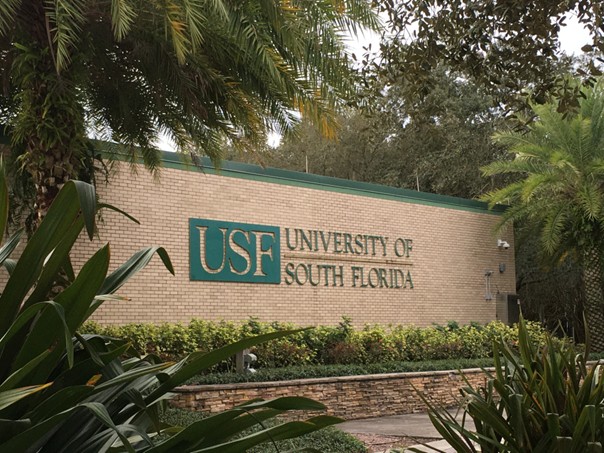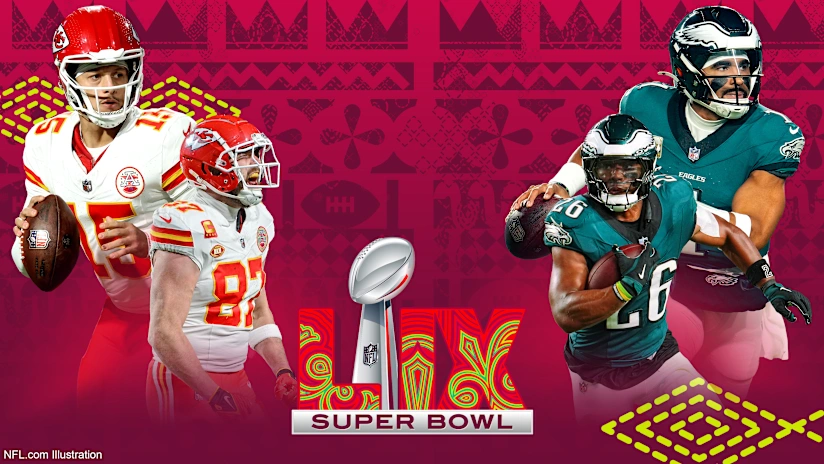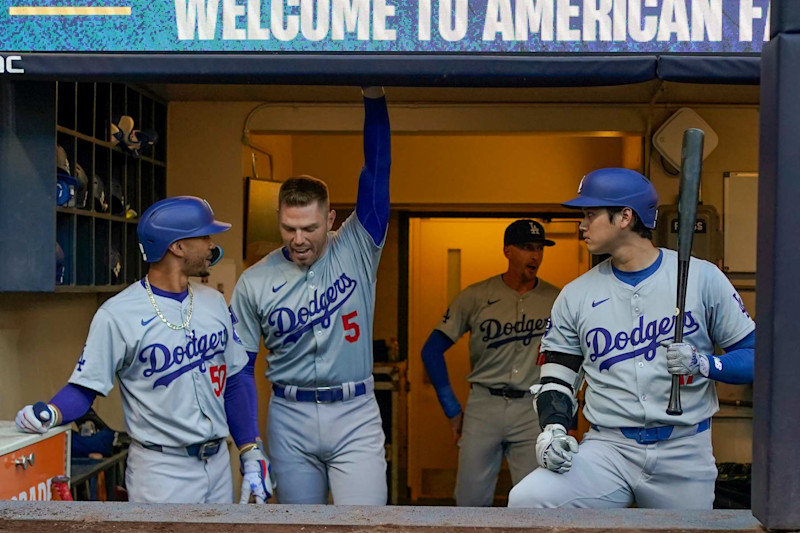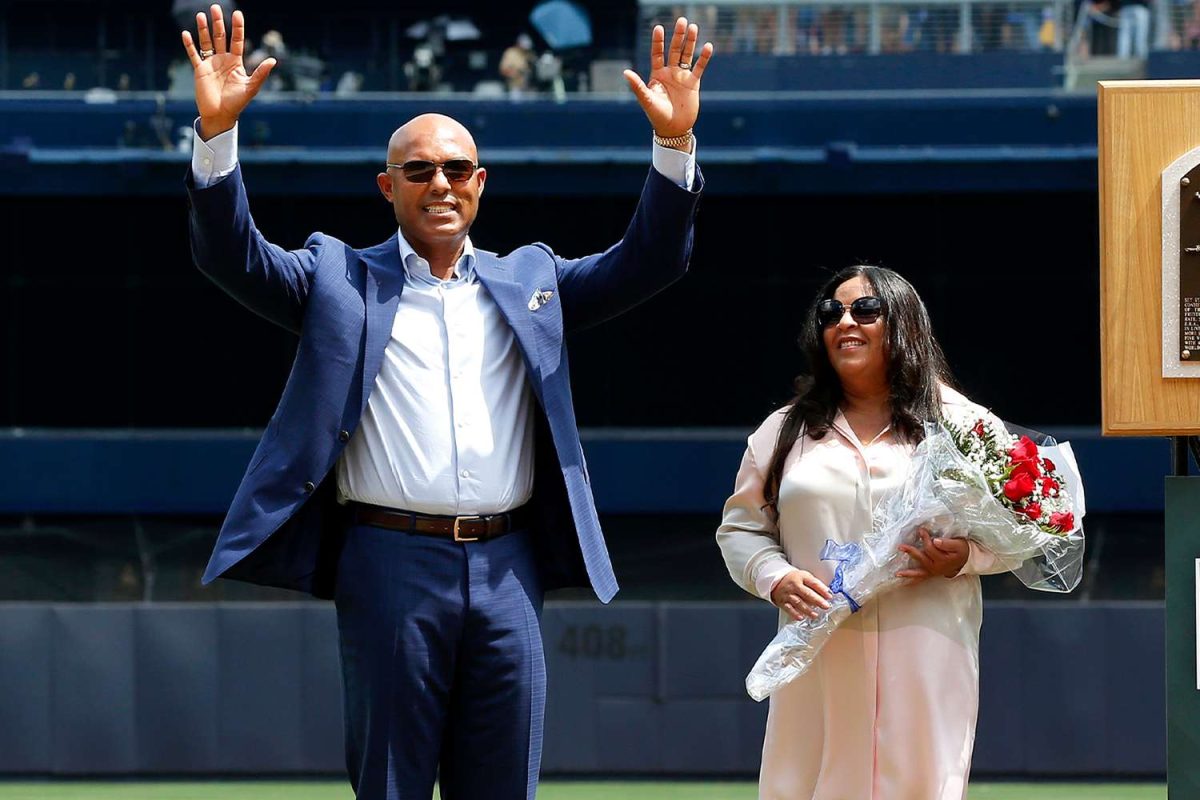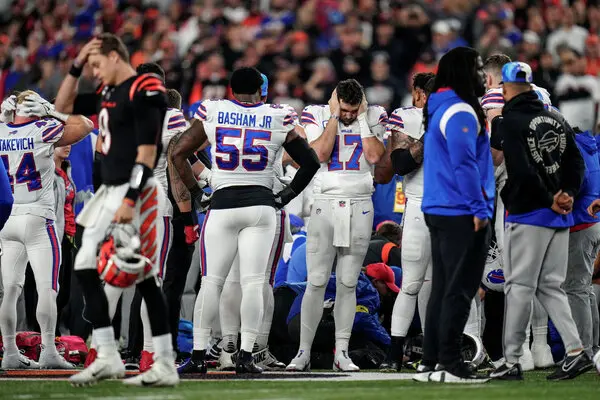The Los Angeles Dodgers have taken full control of recent Major League Baseball (MLB) off-season’s, signing multiple star players to very large, deferred contracts (a contract where part of a player’s salary is paid out over a certain amount of time, rather than all at once) while staying under the league’s luxury tax threshold (the maximum amount a team can spend on player salaries before paying extra fines). This strategic spending has allowed them to build a “super team” without receiving the financial penalties that are meant to limit excessive payrolls. While their ability to beat the system is impressive, it raises many red flags regarding competitive balance and the long-term health of the MLB. With smaller market teams struggling to compete, the league has to consider implementing a salary cap to prevent financial differences from ruining the fairness of the game.
The Dodgers have been one of the, if not the wealthiest teams in baseball for many years, consistently ranking near the top in payroll. Unlike the smaller market teams, like the Tampa Bay Rays and Oakland Athletics, they have the financial privileges to offer these large contracts while deferring a significant portion of the money. This allows them to sign star players without immediately going over the luxury tax threshold, which is currently set at $241 million for 2025.
This offseason, the Dodgers exemplified this strategy by signing star players, Blake Snell, Blake Treinen, Michael Conforto, Teoscar Hernandez, Roki Sasaki, Tanner Scott, and Kirby Yates. Their most insane deferred contract on their payroll right now, is the star two-way player Shohei Ohtani. Just last offseason, he signed a record-breaking 10-year, $700 million contract. The Dodgers and Ohtani agreed to defer $680 million of this amount with these payments scheduled to be received from 2034-2043. The Rays, for example, work with a payroll that is often under $100 million, which means they couldn’t even dream of competing for these players if they wanted to. The Kansas City Royals, Pittsburgh Pirates, and other low-revenue teams are left behind, unable to afford these superstar free agents.
“The recent market moves this off-season have left the fans frustrated. Teams like the Padres, the Pirates, and the Blue Jays have not had a good off-season. And many believe this is because of the Dodgers. The Los Angeles Dodgers have officially become the villain of MLB due to their trades. The team has nabbed most of the good prospects and hot players and has left the other teams with almost nothing. This has led to many fans wanting a salary cap and a salary floor to keep the league in control” (MLB Might Need to Risk Losing Fans to Save Baseball, Insists Insider by Karthik Sri Hari).
Unlike the NFL, NBA, and NHL, Major League Baseball does not have a hard salary cap. Instead, it uses a luxury tax system, where teams exceeding certain payroll limits must pay a tax that will continue to increase the more a team violates this rule. While this system discourages overspending to some extent, it has little to no effectiveness when it comes to preventing the wealthier teams from dominating free agency. A salary cap would create a more level playing field by limiting how much teams can spend per year. This would prevent large-market teams from storing all the talent and would give smaller teams a better chance to compete.
In an interview with Wharton Junior baseball player, Brody Turer, he was asked about a salary cap potentially being the solution for the MLB, just like it was for other major sports organizations. In his response he stated the following, “I believe that those other leagues function so effectively and have distribution of success rather than the MLB. The MLB has it where big market teams can sign the best players and win more because smaller markets do not have the same luxury to offer these massive contracts. If the MLB introduced a salary cap, it would give lower-market franchises equal opportunity spanning from the city of Tampa to Los Angeles”.
If the MLB does not address this issue sooner rather than later, the league could face significant consequences. Fans of the smaller market teams may begin to lose interest as they watch the same few teams dominate the league year in and year out. Television ratings and attendance could begin to experience a major decline, and frustration among players could lead to CBA (Collective Bargaining Agreement) issues. The last time that the MLB faced a major financial dispute was the 1994-95 strike, which resulted in the cancellation of the World Series and severely damaged the sport’s popularity. If these financial gaps continue to grow, another major work stoppage could be on the rise.
In an interview with Marc Sauer, an Oakland Athletics scout,he was asked I asked him to share how he thinks this will impact the overall competitiveness and future of the league. In his response, he stated that “There is a direct correlation in money spent and winning, in most cases. Unfortunately, this will hurt the league as a whole in the long run. Fans in the cities that don’t spend freely will not have the ability to keep their talented players which will likely result in winning less games. Some teams have the ability to pay double the salary (once you add the luxury tax), while others can’t even match the amount a player was signed for. Ultimately, this will lead to an unbalanced league over time”.
If the MLB Major League Baseball does not act soon, the league risks losing fans, damaging the sport’s popularity long-term, and possibly setting the stage for another major strike. To ensure that the game remains competitive and fair for all teams, it may finally be time for MLB to join the other sports in introducing a salary cap.






